I???ll let you in on a secret. We sell more than rare books.
We sell time travel.
Sure, scientists will tell you time travel can???t happen. But bibliophiles know better. And collectors of rare science fiction and fantasy books may know it best.
When you pick up a first edition of a landmark genre title, or hold a book signed by one of the field???s most influential writers, you???re really traversing the time-space continuum. You???re back in the past, watching an author???s dreams or nightmares of another world make their first marks on this one.
The Man Who Put Science In Wells??? ???Scientific Romances???
Case in point:
Sir Richard A. Gregory owned an extensive library of books by his close friend, H.G. Wells, the author who almost single-handedly invented time travel fiction. Gregory was also Wells??? frequent scientific consultant. As Wells wrote his celebrated ???scientific romances??? he???d ask Gregory???an expert in astronomy, physics, chemistry and more, whose editorial tenure at Nature made it the prestigious journal it still is???to help him work out real-world science to undergird some thrilling speculations.
In fact, Wells and Gregory were talking about possible life and civilization on Mars (canals and all) as early as 1893. Five years later, Wells published The War of the Worlds???still the alien invasion story by which all others must be measured.
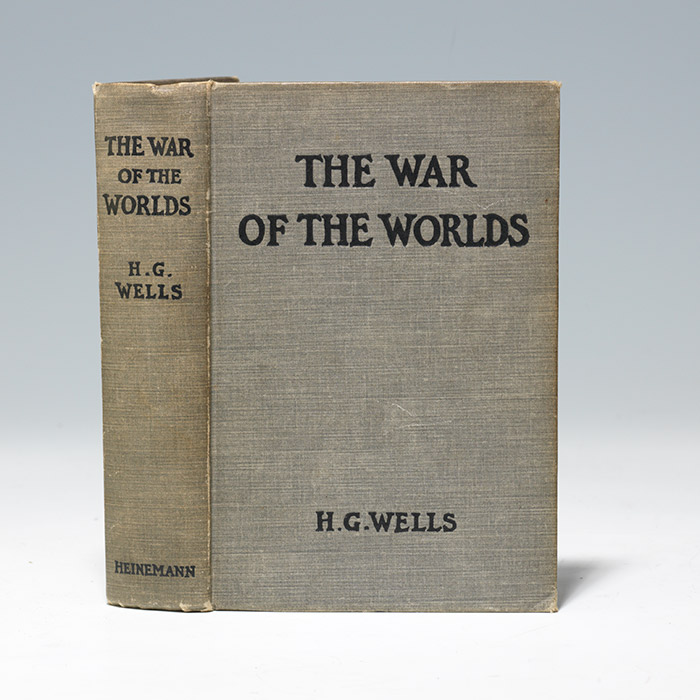
The novel was an instant sensation, partly because Wells paid respect to the then-current state of scientific knowledge and opinion about Mars. The fact that we now know more doesn???t rob the novel of its power. If anything, mounting evidence that the Red Planet supported life long ago makes Wells??? description of a Martian race on the brink of extinction even more tantalizing.
We are offering Richard Gregory???s copy of The War of the Worlds, which contains the publisher???s ???Presentation Copy??? blindstamp. We also have many more Wells titles inscribed by the author to Gregory, the man he called, in the dedication to his first work of fiction, his ???dearest friend.??? These books will take you back to late-19th and early 20th-century England, when Wells??? vivid imagination, informed by Gregory???s scientific expertise, challenged readers??? ideas about the universe, their society, and themselves.
Jules Verne, Extraordinary Voyager
Along with Wells, the prolific French author Jules Verne is generally credited as one of the founders of science fiction as we know it. Verne tapped into people???s natural love of travel stories, but envisioned dramatically more exotic destinations, and the wonderful ways of getting there.
In De la terre ?? la lune (From the Earth to the Moon, 1865), he sent intrepid American characters on a trip around our natural satellite in a capsule shot from a cannon (one based in Florida, no less). In Vingt mille lieues sous les mers (Twenty Thousand Leagues Under the Sea, 1870), he submerged his readers, along with the bold but enigmatic Captain Nemo, beneath the ocean???s surface in that amazing submarine, the Nautilus, an imaginative extrapolation of several 19th-century submersible craft.
Verne???s polar explorer Captain Hatteras was critical to Verne???s early success. Relentless in his quest for the North Pole (which Verne placed in the heart of a volcano), Hatteras survives both mutiny and the elements to discover arctic seas populated by prehistoric monsters. Verne grounded even this awe-inspiring adventure in his own day???s knowledge of polar geography, resulting in what John Clute calls ???a brilliant novel.???
We are offering a lovely first American edition of The Voyages and Adventures of Captain Hatteras, as well as many more English-language editions of Verne???s Voyages extraordinaires???those extraordinary journeys that have fired the imaginations of generations of thrill-seeking and scientifically curious readers.
Mary Shelley, Mother Of Science Fiction
Verne and Wells receive wide acclaim as science fiction???s ???founding fathers.??? But travel even further back in time, and you???ll see that today???s ???scientifiction??? fans also owe a debt to a ???founding mother.???
At only 19 years old, Mary Shelley conceived of Frankenstein (1818) as her contribution to a ???ghost story??? competition that began???on a literally dark and stormy night at the Villa Diodati on Lake Geneva???s shore???among herself, her husband Percy Bysshe Shelley, John Polidori and Lord Byron. Undoubtedly the first modern horror novel, Frankenstein is also, in many readers??? judgment, the first work of modern science fiction.
True, its science is only vaguely outlined; the ambitious Victor Frankenstein says only that he ???collected the instruments of life??? around him to ???infuse a spark of being into the lifeless thing??? at his feet. But with those words, Shelley moves her parable of a ???modern Prometheus??? out of the realm of fantasy. Frankenstein, argued Brian Aldiss, ???is a triumph of imagination ??? no less powerful today than when it was written, surrounded as we are with so many fiends of our own designing??? (Billion Year Spree).
We are offering an exceptionally fine copy of the elusive first American edition of Mary Shelley???s masterpiece, published in 1833, as the book was enjoying newfound international attention. In its introduction, Shelley discusses how the novel came to be. ???My imagination, unbidden, possessed and guided me,??? she recalls, ???gifting the successive images that arose in my mind with a vividness far beyond the usual bounds of reverie.??? Her vision remains just as vivid almost two centuries later.
Visit our website to begin your own trip through time.
What work of early science fiction most captivates you?
Click here to read our second post on Collecting Rare Science Fiction: The Golden Age.
Click here to read our third post on Collecting Rare Science Fiction: The Modern Age.

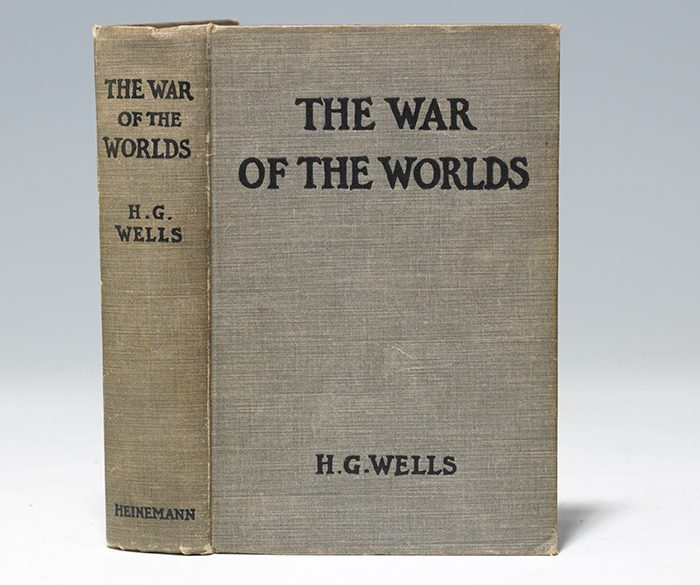
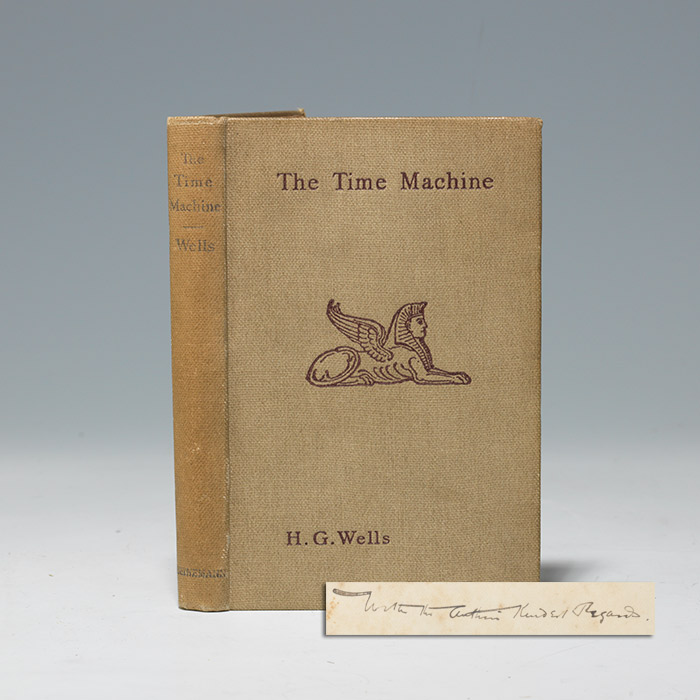
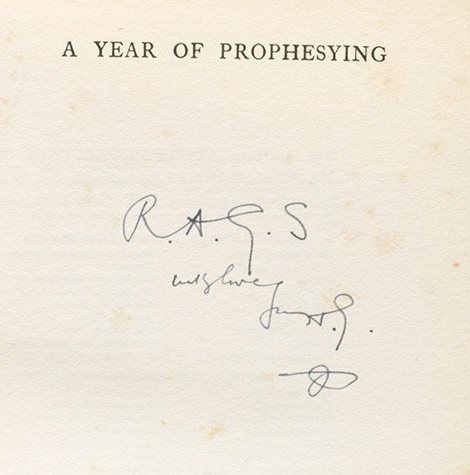
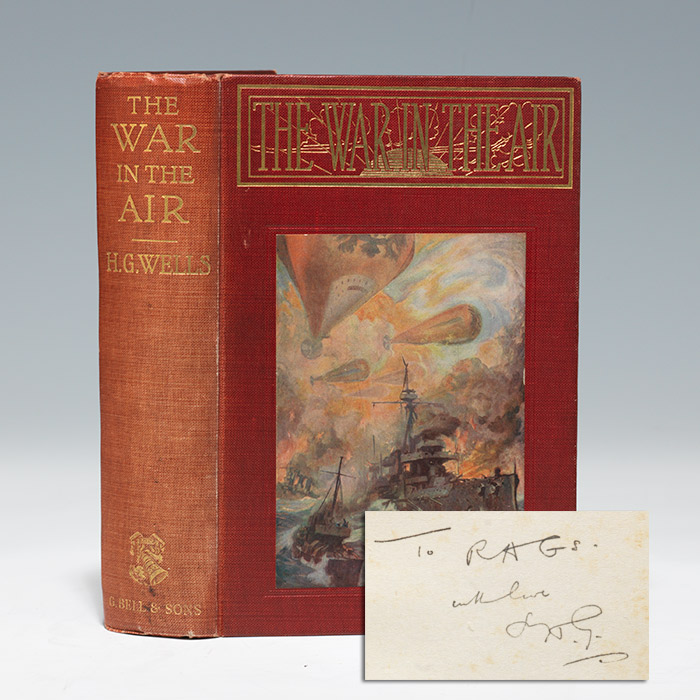
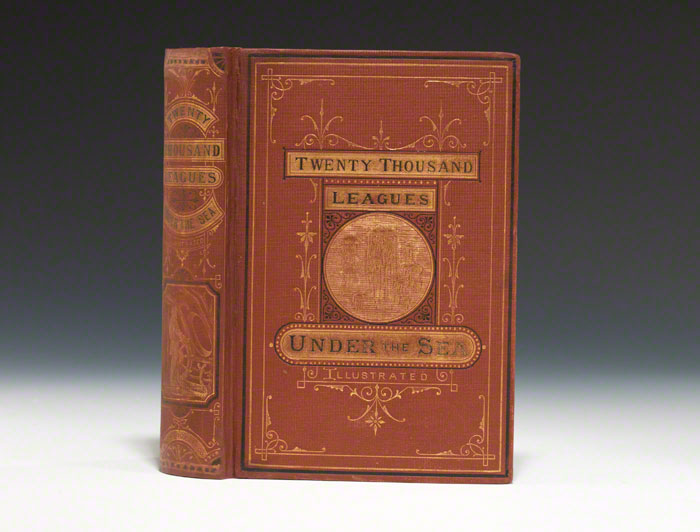
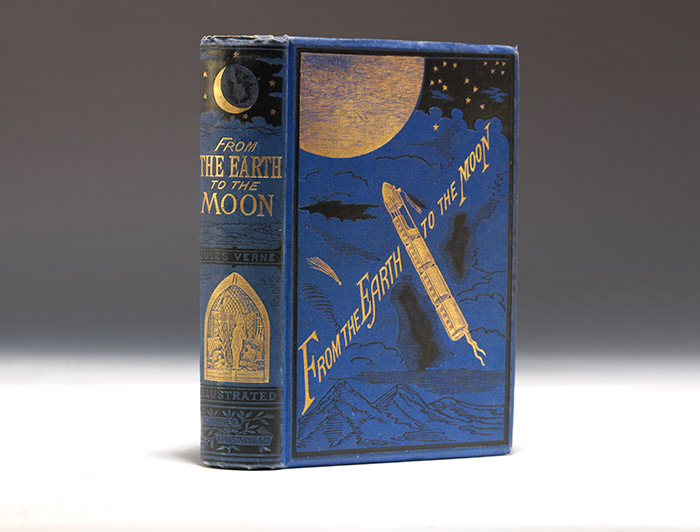
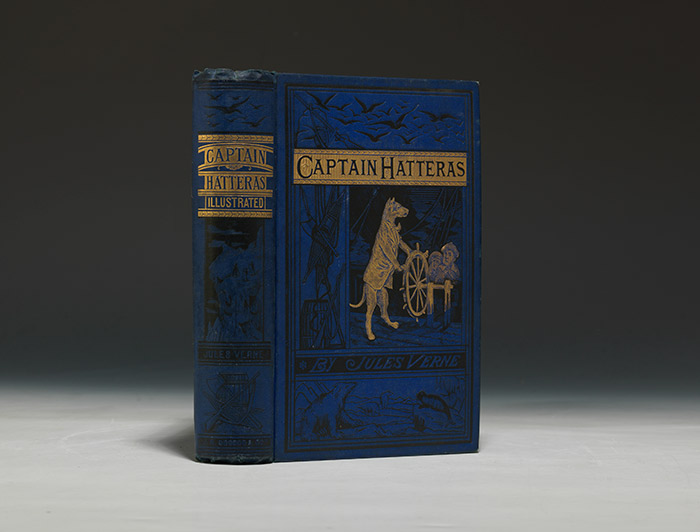
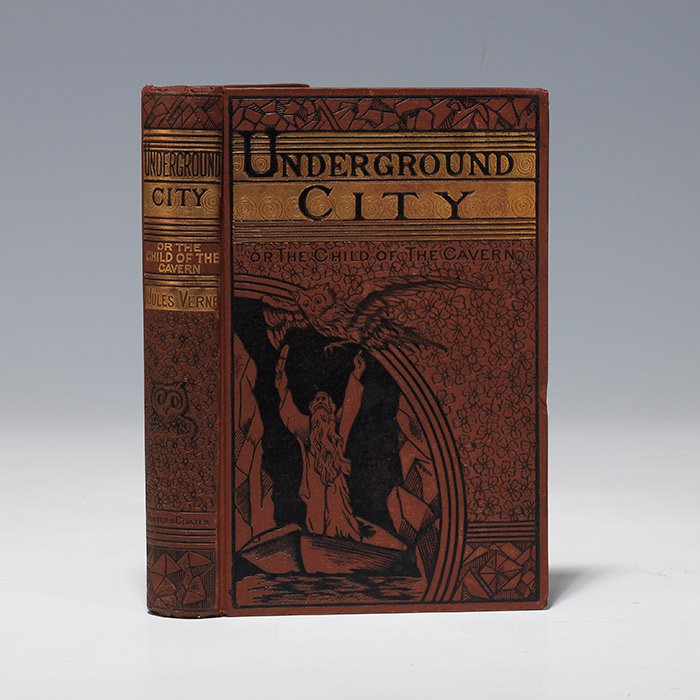
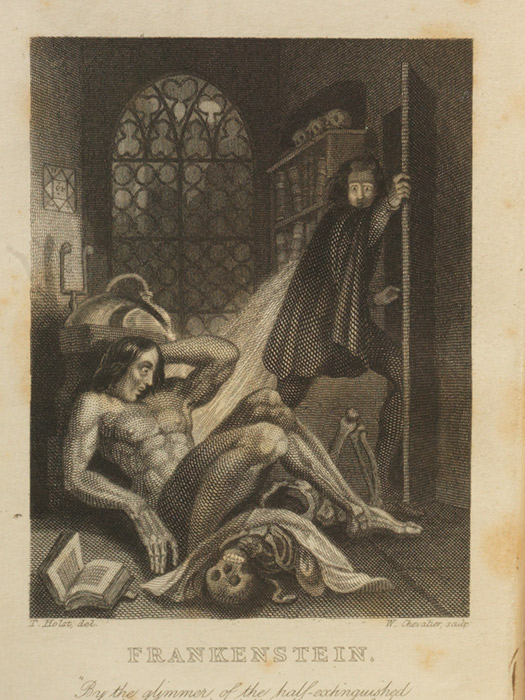
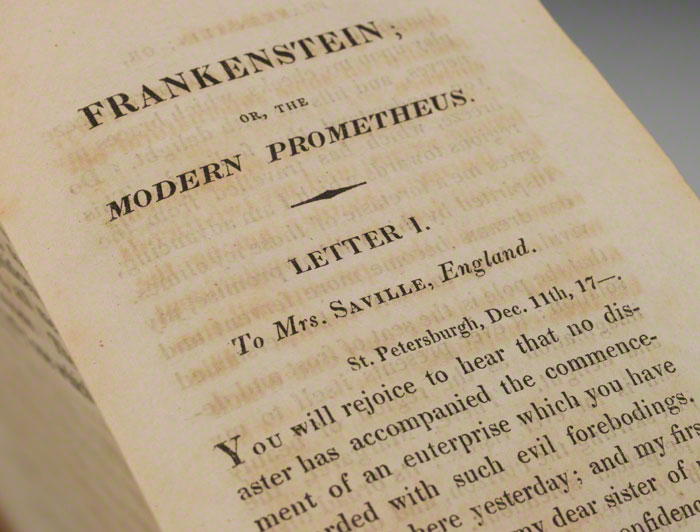
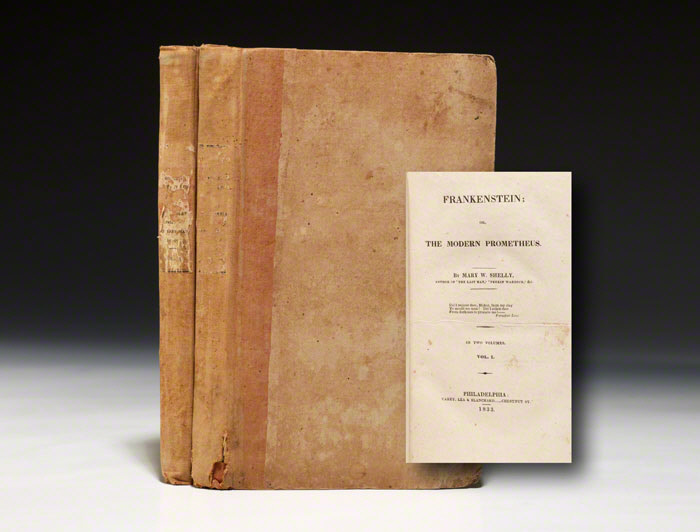
Comments
4 Responses to “Collecting Rare Science Fiction: Genesis of a Genre”
Ivan says: June 7, 2015 at 4:49 am
Frankenstein was my first book, there was no better way to start on the science fiction.
Mike Poteet says: June 12, 2015 at 4:02 pm
Thanks for joining the conversation, Ivan. For its philosophical impact, Frankenstein is central to not only science fiction but also modern literature in general.
When I first read Frankenstein , I was surprised at how different Shelley’s book is from the versions we frequently see in popular culture. The creature is no lumbering, grunting, green-skinned Boris Karloff (as wonderful as Karloff’s portrayals are). What impressions from that first reading you mentioned have stuck with you the most?
j. clark says: June 11, 2015 at 1:36 pm
My favorite SF author has been for the last forty years, James H. Schmitz. He wrote about believable female hero”s long before other male writers. The Demon Breed and The Truth about Cushgar are two examples. For an example about galatic match making read The Illisionest. I have had to reread his stories dozens of times over the decades because no one else fills the bill. And yes, there are thousands of nuts just like me out there.
Mike Poteet says: June 12, 2015 at 4:05 pm
Thanks for this recommendation! While I’ve heard of Schmitz’s “Hub” series, I’m ashamed to say I’ve not read any of his work. Maybe I can remedy that over the summer.